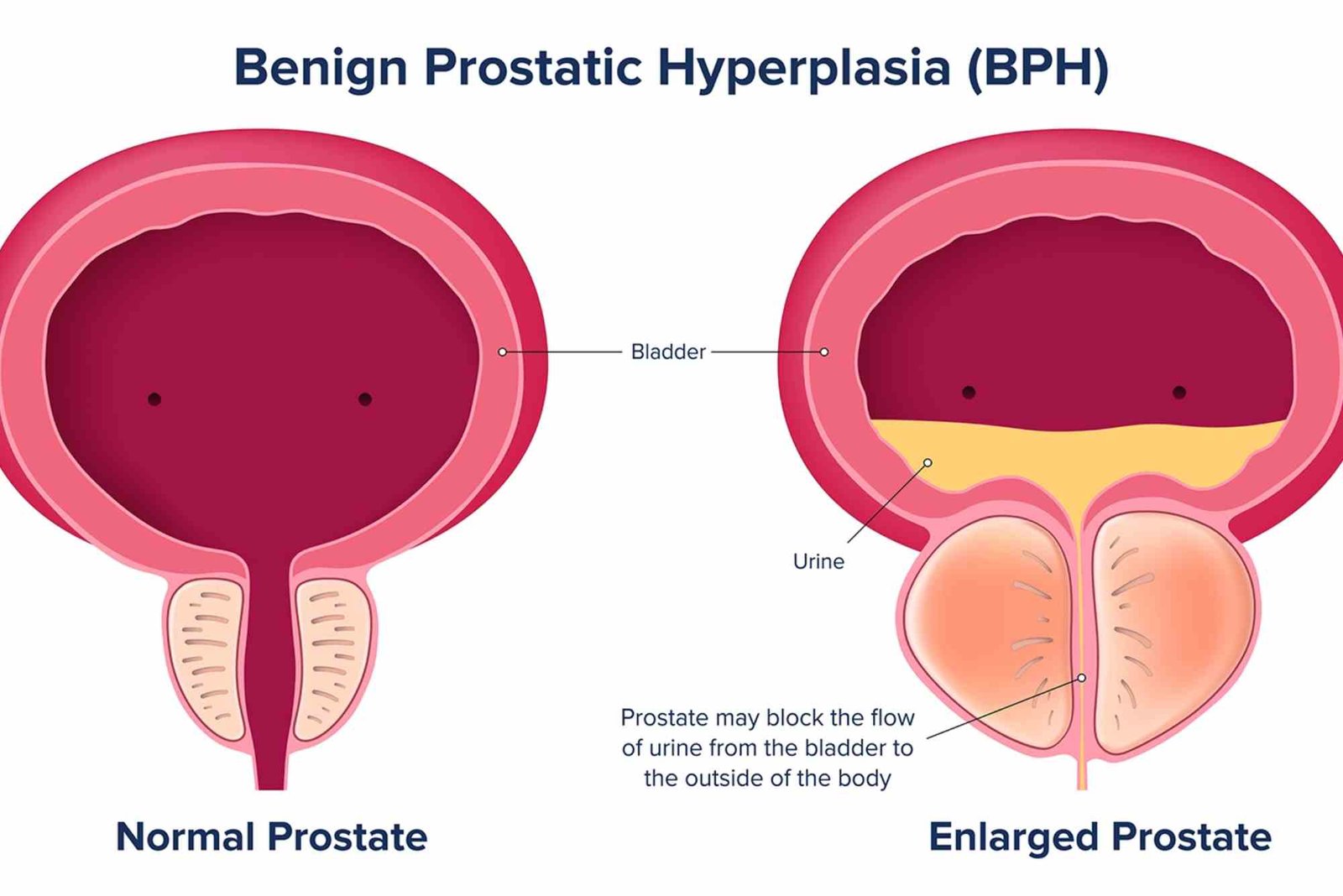In today’s fast-paced industrial world, increasing productiveness for your manufacturing biz is more important than ever. Whether you run a small production unit or manage a large-scale plant, the goal remains the same — improving efficiency while maintaining quality. Understanding the 6 methods you can increase productiveness for your manufacturing biz can help you cut costs, optimize processes, and gain a competitive edge.
This article explores practical and sustainable strategies to enhance productivity in manufacturing, from workforce optimization to technology integration. These insights are grounded in real-world business practices and can be implemented in any manufacturing environment.
Why Productiveness Matters in Manufacturing
Productivity is the heartbeat of every successful manufacturing operation. It determines how effectively resources are used and how efficiently products are delivered to the market. In a competitive landscape, productivity improvements translate directly into profit growth, reduced downtime, and improved employee morale.
By focusing on continuous improvement, manufacturers can identify inefficiencies, streamline workflows, and embrace innovation that drives long-term success.
Streamline Your Production Processes
One of the most effective ways to increase productiveness is to evaluate and simplify your production processes. Complex workflows often lead to bottlenecks, delays, and wasted resources. Conducting a detailed workflow analysis helps identify redundant steps that can be eliminated or automated.
Incorporating lean manufacturing principles ensures that every part of the process adds value. Techniques like “5S” — sort, set in order, shine, standardize, and sustain — encourage organization and efficiency on the factory floor. Regularly monitoring process performance also helps detect inefficiencies early, preventing costly production halts.
Invest in Employee Training and Engagement
Your workforce is your greatest asset. Investing in employee training is one of the most powerful ways to boost manufacturing productivity. Skilled employees understand machinery better, handle materials more efficiently, and can adapt quickly to new production methods.
Encourage continuous learning by providing access to updated training programs and certifications. Engaged employees are more motivated to perform well, contribute innovative ideas, and take ownership of their work. Open communication, recognition, and opportunities for advancement further reinforce productivity.
Embrace Automation and Smart Technology
Automation and smart technologies are transforming modern manufacturing. Integrating systems like robotics, AI-driven analytics, and IoT sensors can significantly increase efficiency and reduce human error.
Automated machines ensure consistent product quality and faster turnaround times. Smart sensors can monitor equipment health in real-time, preventing unexpected breakdowns. Data analytics platforms offer valuable insights into performance metrics, helping management make informed decisions about production scheduling and maintenance.
While automation requires an initial investment, the long-term gains in speed, accuracy, and consistency far outweigh the costs.
Optimize Supply Chain and Inventory Management
Efficient supply chain management plays a key role in maintaining seamless operations. Poor coordination or overstocking can lead to delays and increased costs. Utilizing modern inventory management software ensures accurate forecasting and optimal resource allocation.
Implementing “Just-In-Time” (JIT) strategies helps minimize waste while maintaining the right level of inventory. Strong relationships with reliable suppliers also ensure materials are available when needed. This level of coordination between suppliers, production, and distribution helps sustain high levels of productiveness across the manufacturing cycle.
Maintain Equipment and Implement Predictive Maintenance
Equipment downtime can severely impact productivity. Regular maintenance ensures machines run efficiently and minimizes disruptions. Predictive maintenance — powered by real-time data — can identify potential issues before they escalate.
This proactive approach extends equipment lifespan and reduces unplanned outages. Scheduling maintenance during non-peak hours also prevents interruptions to production flow. Keeping detailed maintenance logs provides valuable data for future reference and helps refine operational strategies.
Foster a Culture of Continuous Improvement
Sustainable productivity growth depends on a mindset of continuous improvement. Encourage your team to regularly review processes, suggest improvements, and test innovative solutions.
Using methods like Kaizen or Six Sigma promotes a culture where everyone is responsible for finding better ways to operate. Continuous improvement keeps your manufacturing business adaptable to market changes and customer demands, ensuring long-term growth and resilience.
The Role of Leadership in Driving Productivity
Strong leadership plays a critical role in achieving manufacturing productivity goals. Leaders who communicate clearly, set realistic targets, and support their teams foster an environment of trust and accountability.
Encouraging collaboration across departments promotes efficiency and minimizes misunderstandings. When management demonstrates a commitment to improvement, employees are more likely to follow suit. Effective leadership ensures that productivity initiatives are aligned with broader business objectives.
Measuring and Monitoring Your Productivity Gains
It’s not enough to implement strategies — measuring results is equally important. Tracking key performance indicators (KPIs) such as production output, downtime, defect rates, and labor efficiency helps evaluate progress.
Regular performance reviews provide insights into what’s working and where further improvements are needed. Advanced analytics tools can visualize data trends, enabling faster decision-making and continuous optimization.
Boosting manufacturing productivity isn’t about massive overhauls — it’s about consistent, incremental improvements. By focusing on streamlined processes, skilled employees, automation, supply chain optimization, equipment maintenance, and continuous improvement, you can position your business for sustainable growth.
Now that you’ve explored the 6 methods you can increase productiveness for your manufacturing biz, it’s time to apply them. Start with small steps, measure results, and keep refining your strategies.
For a summarized version of these methods, visit our 6 methods you can increase productiveness for your manufacturing biz — Quick Guide. To read more insightful content, explore our More blog articles.
FAQs: Increasing Productiveness in Manufacturing
1. How can technology improve manufacturing productivity?
Technology boosts productivity by automating repetitive tasks, improving precision, and providing real-time data for better decision-making.
2. What are the main challenges manufacturers face in productivity improvement?
Common challenges include outdated equipment, lack of skilled labor, inefficient workflows, and poor communication between departments.
3. Why is employee engagement important for manufacturing efficiency?
Engaged employees are more motivated, take initiative, and contribute innovative ideas that enhance operational performance.
4. How often should manufacturers review their productivity strategies?
Regular reviews — quarterly or biannually — help identify inefficiencies and ensure that improvement initiatives remain effective.
5. Can small manufacturing businesses benefit from automation?
Yes. Even partial automation or low-cost digital tools can streamline workflows, reduce errors, and increase output for small manufacturers.
For more industry insights, visit IMDb for fascinating behind-the-scenes looks at production efficiency in film manufacturing and creative industries — a great reminder that productivity principles apply across all sectors.




